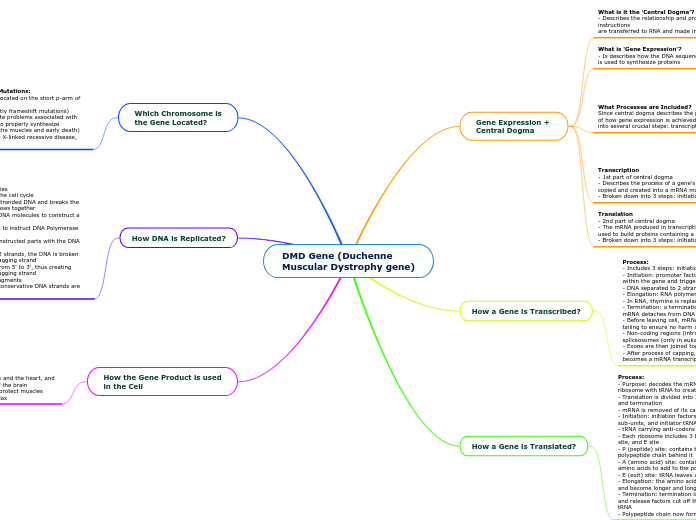によって Jasmine Jing 4年前.
1138
DMD Gene (Duchenne Muscular Dystrophy gene)
The DMD gene, responsible for coding dystrophin, plays a crucial role in muscle function and is located on the X chromosome. DNA replication is a vital process occurring in the nucleus of eukaryotic cells during interphase.









